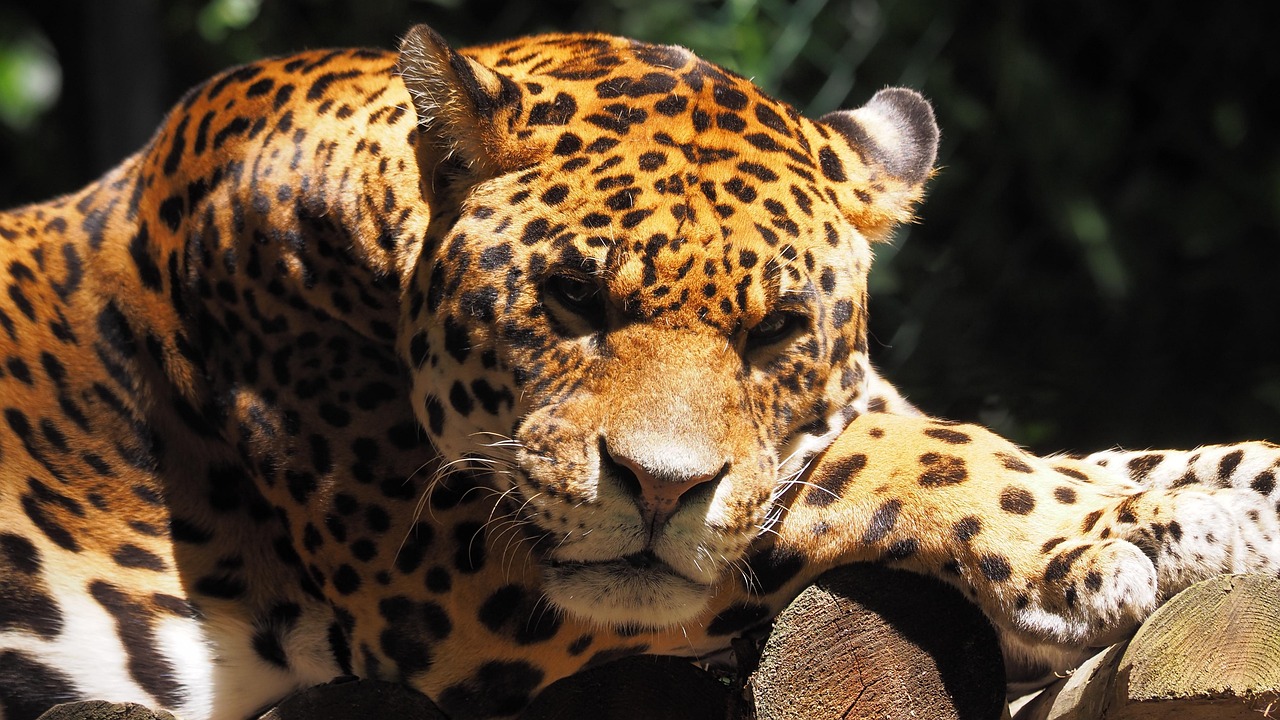Understanding the Natural Habitat of Jaguars in Mexico
Geographic Distribution
The jaguar (Panthera onca) is the largest feline in the Americas and the third-largest in the world, following the tiger and lion. Within Mexico, jaguars primarily inhabit the southern regions, particularly in states such as Chiapas, Tabasco, and Quintana Roo. These territories encompass a variety of ecosystems, from tropical rainforests to dry scrublands, each providing unique habitats that support the species’ survival.
Preferred Ecosystems
Jaguars are known to thrive in several types of natural habitats. Their preferred environments include:
-
Tropical Rainforests: Dense, humid forests provide ample cover and abundant prey. The Selva Lacandona in Chiapas is a prime example, featuring rich biodiversity that sustains various species of animals, including deer, capybaras, and peccaries, which are essential to the jaguar’s diet.
-
Mangroves: Coastal areas, particularly in the Yucatán Peninsula, are characterized by mangrove ecosystems. These wetlands offer jaguars a unique hunting ground, as they are equally adept at swimming and ambushing their prey in water, such as caimans and fish.
-
Dry Forests and Scrublands: While less common, jaguars also inhabit dry forests, like those found in the states of Sonora and Sinaloa. These environments are adapted to withstand seasonal droughts and present jaguars with a different set of prey and challenges.
- Grasslands and Savannas: The transition zones between forests and grasslands offer additional hunting opportunities. Jaguars utilize these open spaces to stalk and ambush prey like wild boar and various rodents.
Habitat Characteristics
The natural habitat of jaguars in Mexico is characterized by several key features:
-
Dense Canopy: Adept at navigating through thick vegetation, jaguars require environments with dense foliage that provides cover for stalking prey. The mixed trees and undergrowth create a complex habitat that assists in ambush strategies.
-
Water Resources: Proximity to water bodies such as rivers, streams, or lagoons is vital. Jaguars are excellent swimmers and often hunt for aquatic animals, making wetlands an integral part of their habitat.
-
Prey Availability: A diverse range of ungulates, reptiles, and birds is crucial for sustaining jaguar populations. The presence of large prey species directly influences the density of jaguar populations, as these apex predators require substantial territory to support their dietary needs.
- Territory Size: On average, a male jaguar’s territory can range from 25 to 40 square miles, while females typically control smaller ranges of about 15 to 20 square miles. The size of these territories is influenced by the availability of prey and the degree of competition from other jaguars.
Conservation Status
Jaguars are classified as Near Threatened by the International Union for Conservation of Nature (IUCN). Habitat destruction and fragmentation are the primary threats to their populations in Mexico. Deforestation due to agricultural expansion, urban development, and illegal logging has led to significant loss of habitats, making it imperative to focus on conservation efforts.
Conservation Initiatives
Several initiatives are underway to protect jaguar habitats in Mexico:
-
Protected Areas: Mexico has established numerous protected areas, including reserves like the Calakmul Biosphere Reserve, which supports a significant jaguar population. These protected zones aim to conserve primary habitats and support biodiversity.
-
Wildlife Corridors: Linking fragmented habitats is critical for allowing genetic exchange between isolated populations. Initiatives to create wildlife corridors are actively being pursued to facilitate the movement and survival of jaguars across their historic range.
-
Community Engagement: Educating local communities about the importance of jaguar conservation is vital. Programs that promote coexistence and sustainable development can reduce human-wildlife conflict and encourage local stewardship of natural resources.
- Research and Monitoring: Ongoing scientific research is essential to understand jaguar behavior, habitat usage, and population dynamics. Monitoring efforts aid in assessing the effectiveness of conservation strategies and implementing adaptive management techniques.
Human Interaction and Challenges
Despite their majestic status, jaguars often come into conflict with humans. Livestock predation can provoke retaliation from farmers and ranchers, leading to illegal hunting and persecution. Education and economic initiatives, such as promoting ecotourism, can offer alternatives that benefit both local communities and jaguar conservation.
Ecological Role
As apex predators, jaguars play an essential role in maintaining ecological balance within their habitats. They control the populations of herbivores and competitiveness among other carnivores, which contributes to a healthier ecosystem. By managing prey species, jaguars facilitate plant growth, thereby promoting biodiversity across various ecosystem layers.
Future Outlook
The future of jaguars in Mexico hinges on continued conservation efforts, habitat protection, and a commitment to sustainable practices. Engaging local communities in conservation can yield long-term success, fostering a sense of ownership and responsibility toward wildlife.
Through collaborative action and the integration of scientific research with community needs, a more sustainable coexistence can be achieved, ensuring that these iconic creatures thrive in their natural habitats for generations to come. Sustainable agriculture, responsible tourism, and strong environmental policies could create a brighter future for both jaguars and the ecosystems they inhabit.
By raising awareness about the importance of jaguar conservation and the key role they play in the Mexican ecosystem, we can foster a larger movement aimed at preserving the delicate balance of nature in which they reside. Ensuring a healthy and thriving population of jaguars will not only protect a symbol of wilderness but also underlie the integrity of Mexico’s rich biodiversity.







